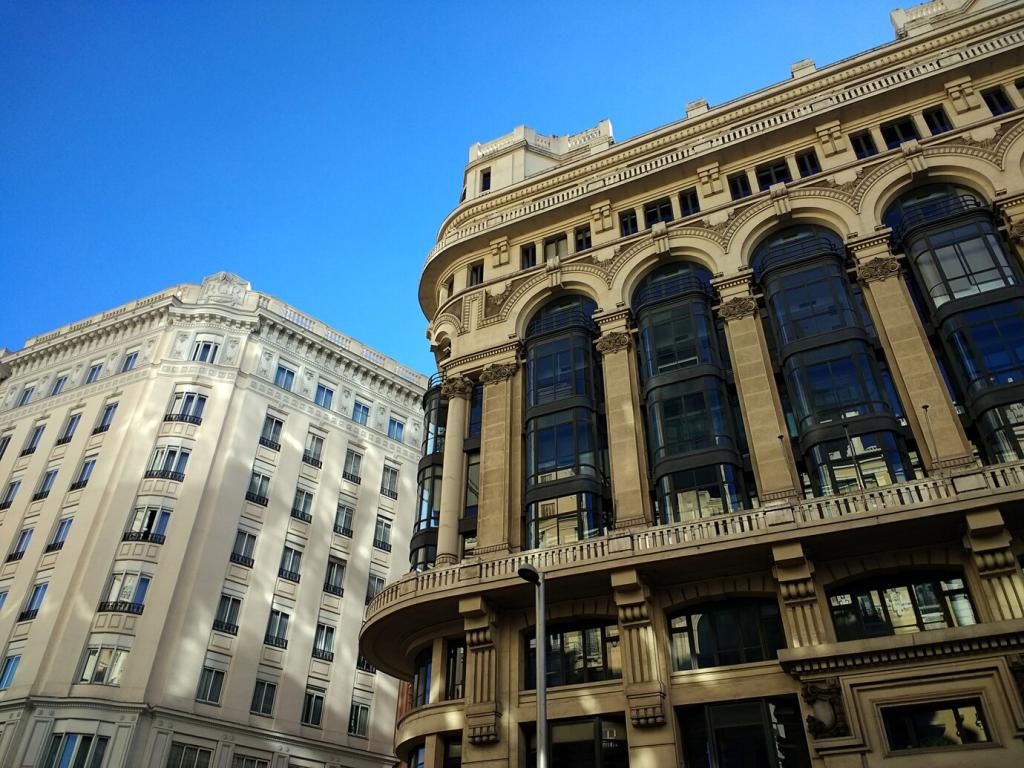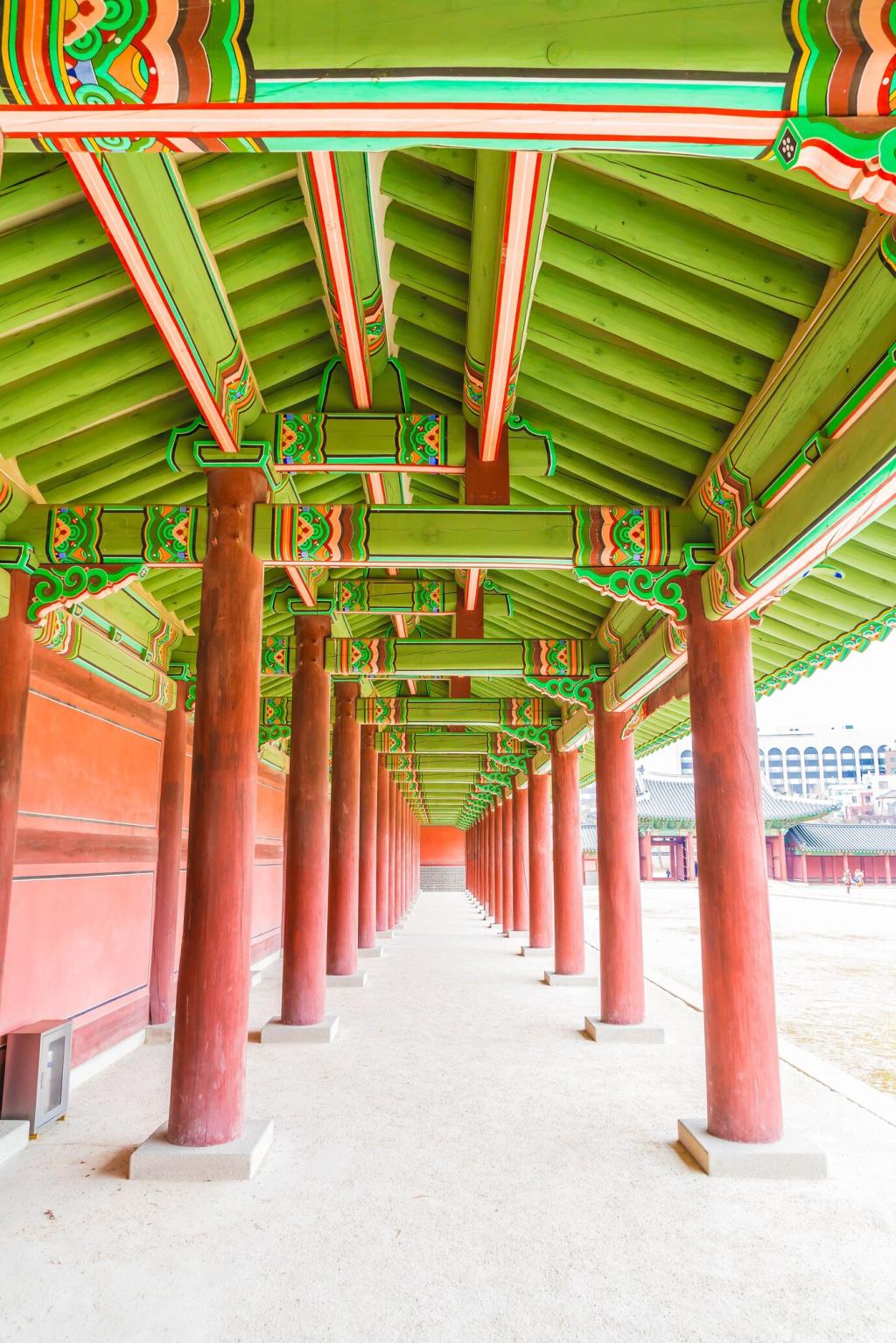
The Impact of Global Traditions on Modern Architecture
Modern architecture is a dynamic and ever-evolving discipline shaped by myriad influences from across the globe. As boundaries blur and the world becomes increasingly interconnected, traditional architectural motifs, materials, and philosophies from every continent are finding new life in contemporary structures. This web page explores how global traditions have permeated modern architectural practices, redefining both form and function to create spaces that are innovative, culturally significant, and deeply resonant with history.
Integrating Cultural Identity in Design
Vernacular Architecture as Inspiration
Vernacular architecture, characterized by the use of local materials and techniques developed over centuries, is a rich source of inspiration for modern architects. These time-tested methods inform sustainable building practices and foster a thoughtful approach to site and climate. By reinterpreting vernacular principles, designers create contemporary structures that resonate with a sense of place, respect for the past, and relevance for today’s needs. This reverence for tradition ensures that local character is preserved even as new structures rise, creating a cohesive visual and cultural landscape.
Symbolism and Spirituality in Modern Forms
Across the world, civilizations have imbued their buildings with deep symbolic meaning, transforming structures into vessels of spiritual and cultural significance. Contemporary architects draw from these traditions, embedding symbols and motifs into sleek, modern forms. Whether referencing ancient temples, sacred geometry, or indigenous art, these subtle nods foster emotional connections and elevate everyday spaces into realms of meaning. Such integration ensures that even avant-garde designs retain a sense of reverence for those who came before.
Celebrating Diversity through Architectural Dialogue
Perhaps the most profound impact of global traditions on modern architecture is the celebration of diversity through dialogue. Architects today are increasingly collaborating with artisans, historians, and community leaders to ensure that designs honor multiple perspectives. This cross-cultural engagement leads to the fusion of aesthetics, techniques, and narratives, resulting in buildings that are both innovative and inclusive. By intertwining stories from around the world, modern architecture becomes a canvas for unity and diversity alike.
Innovations in Building Techniques and Materials
Many traditional building systems, such as passive cooling strategies from the Middle East or earthquake-resistant timber-frame methods from Japan, are now being adapted to suit modern contexts. By studying the ingenuity of ancient builders, architects devise solutions that address contemporary challenges such as energy efficiency, climate resilience, and urban density. Adaptive reuse ensures that valuable knowledge is not lost but rather reinvigorated to solve today’s problems in elegant and resourceful ways.
Rethinking Urban Spaces with Global Perspectives
Throughout history, every culture has established social spaces at the heart of their settlements—Roman forums, Persian gardens, Japanese courtyards, and African marketplaces. Modern urban design often draws inspiration from these global typologies, reclaiming public spaces as sites for community engagement and cultural expression. By weaving traditional concepts with contemporary needs, architects create plazas and parks that encourage interaction, foster social cohesion, and celebrate local identity in the midst of rapid urbanization.
In many cultures, communal living arrangements and multi-functional buildings have long served to foster strong social bonds. Drawing upon these traditions, modern architects introduce innovative mixed-use developments and co-living arrangements that respond to modern urban lifestyles. These projects blend residential, commercial, and recreational functions in a single structure or complex, creating dynamic environments that draw from both past wisdom and present-day demands for sustainability and connection.
Global urban traditions also offer clever solutions to mobility—think of the pedestrian medinas of Morocco, the bicycle-centered culture of the Netherlands, or the canal systems of Venice. Drawing from these diverse examples, contemporary urban planners integrate sustainable transit solutions and prioritize walkability, thus reducing environmental footprints and enhancing quality of life. This approach to urban design demonstrates that looking back to traditional ways of moving through the city can offer progressive and sustainable visions for the future.

